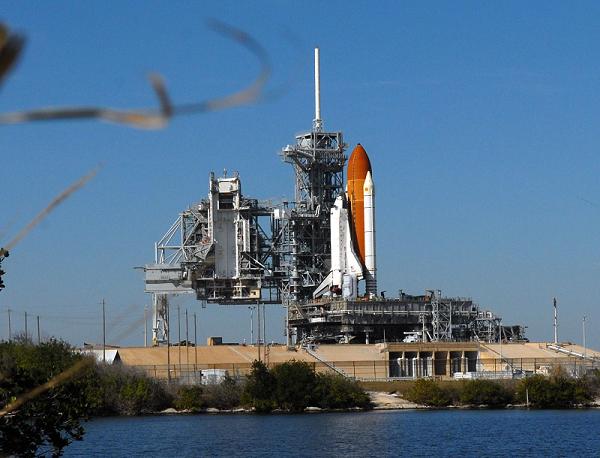Although the tests conducted on the valves from the external fuel tank were successful, the engineers are not sure that the problem has been solved * No impact is expected on the following launches * The STS-119 mission is supposed to bring the last solar collector unit to the station

The launch of the space shuttle Discovery to the International Space Station (STS-119), which has already been delayed twice due to concerns about malfunctioning hydrogen valves, has been postponed again, and will not take place until February 27, to give engineers more time to assess the safety of the external fuel tank's compression system.
NASA managers made the decision at the end of a marathon of meetings that discussed the results of the experiments so far and decided what additional tests are required so that the shuttle can fly without making changes. The alternative - redesigning or replacing the valve will cause a significant delay that will have an impact on the assembly of the space station.
While the tests conducted were successful, the engineers were unable to come to a definite conclusion or even decide what exactly was the cause of the malfunction seen in the last shuttle flights. It is now clear that tiny cracks in the suspect valves are a common occurrence, not as rare as previously thought, but only once did a valve crack to the point where part of it broke.
In any case, the director of the shuttle program, John Shannon, decided at the end of the week to postpone the readiness review from Wednesday this week to Friday, thus pushing the launch no earlier than February 27. NASA states that the new target date is not expected to affect the launch dates of the following missions - STS-125 for the Hubble Space Telescope and STS-127 for the Space Station.
In the meantime, the astronauts at the space station are waiting for the solar collectors brought by Discovery, which will enable the ability to generate electricity for an increased team of six astronauts who, starting in April, is supposed to man the station.

One response
I guess that's for the best too. It is better to do things on the safest side as much as possible than to receive the bombshell with something that can paralyze the public's trust in the entire project. The results of the collision of the satellites should also be carefully studied and try to get to know as much as possible the uncontrolled bodies that revolve around the sphere.